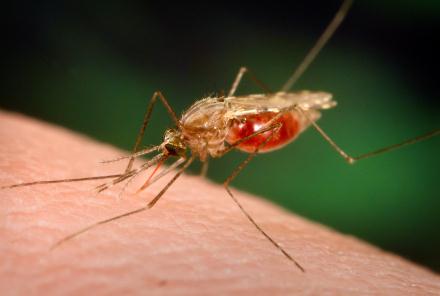
Here are 10 foods that detox your body and cleanse your liver. Think of your liver as an air filter. All the toxins we eat, drink and breathe in get clogged up in this hard-working organ. Even though our body has it’s own natural detoxification system, there is a lot we can do to give it a helping hand, largely by eating the right kinds of foods.
Most of the foods in the gallery contain a special protein called glutathione. Glutathione handcuffs toxins and drags them out of our body…quite effectively. Here’s the catch: this handcuffing process works best when foods are eaten raw. In fact, all of the foods listed here go from being a great source of glutathione to not containing any at all when they’re cooked.
If your body needs to get the yuck out, add Brussels sprouts to your diet today. Brussels sprouts are high in sulfur, which helps to remove toxins from the blood. Eating a serving or two of Brussels sprouts daily will help sponge out toxins – whether they’re environmental or dietary.These little sprouts also boost glucosinolate, an antioxidant that forces the liver to release enzymes that block damage.
Garlic:
A fresh bulb of garlic. Don’t have any in your kitchen right now? You should. Here’s why…garlic is loaded with sulfur, a mineral that helps rid the body of toxins. Garlic has also been shown to reduce cholesterol and triglyceride levels. Garlic has been used in the treatment of high blood pressure, atherosclerosis, and bacteria-related illnesses. Keep in mind, heating destroys many of the beneficial properties of garlic. If you can’t stomach raw garlic, you can find it in capsule form in most grocery of health food stores.
Dandelion
Yes, that’s a dandelion. While I don’t recommend pesticide, fertilizer-covered weeds to anyone, store-bought varieties are perfectly safe. If you can’t find dandelion leaves in your grocery store, opt for dandelion root tea instead. Dandelion root tea has been shown to rid the liver of toxins. Since our liver is responsible for breaking down fats, producing amino acids and generally filtering the gunk out – we need to take care of it. Dandelion root tea has a fairly bitter taste. I often brew a few cups of it, let it steep for a while, add lemon juice and sip on it all day.
carrots
Carrots are another food rich in glutathione, a protein that helps detoxify the liver. In addition to the detox properties, carrots contain good amounts of vitamin C, B6 and potassium. They also loaded with vitamin A and K, too! It’s best to eat these raw. Try with a side of guacamole, hummus or even mustard!
Raw tomatoes:
Raw tomatoes do a great job detoxifying the liver, containing 169 milligrams of glutathione per serving. The benefits don’t stop there. Tomatoes are famous for their lycopene content, which has been shown to protect against breast, skin and lung cancer. Eat tomatoes when they’re fresh. Try with a little balsamic vinegar and sea salt.
Grapefruit
Grapefruit contains just over 70 milligrams of liver cleansing glutathione. Grapefruits also contain a special kind of pectin that has been shown to lower cholesterol like no other pectin-containing food. One whole grapefruit is about 80 calories, so enjoy with a cup of cottage cheese or plain yogurt sprinkled with cinnamon and you’ve got a great breakfast.
Spinach
Popeye’s favorite, spinach, contains a whopping 166 milligrams of glutathione per serving when eaten raw. Cook it, and it all goes away. Spinach also contains twice as much energy-boosting iron as other leafy greens. Spinach has also gained a lot of attention as a cancer-fighter, too. Try a spinach salad today with a little olive oil and sea salt drizzled on top.
Walnuts
Walnuts detox the liver and feed the brain! A good source of glutathione and a great source of omega-3 fatty acids, a little bit of walnuts goes a long way. Why not sprinkle a few on your next spinach salad?
Avocados
Avocados are another fruit rich in glutathione. This green goddess is also a good source of monounsaturated fats and has been shown to lower cholesterol levels when eaten regularly.
Asparagus
In addition to being great for the liver, asparagus is a great vegetable to eat raw when you’re feeling bloated. Asparagus is a natural diuretic.
Source: chicagonow











